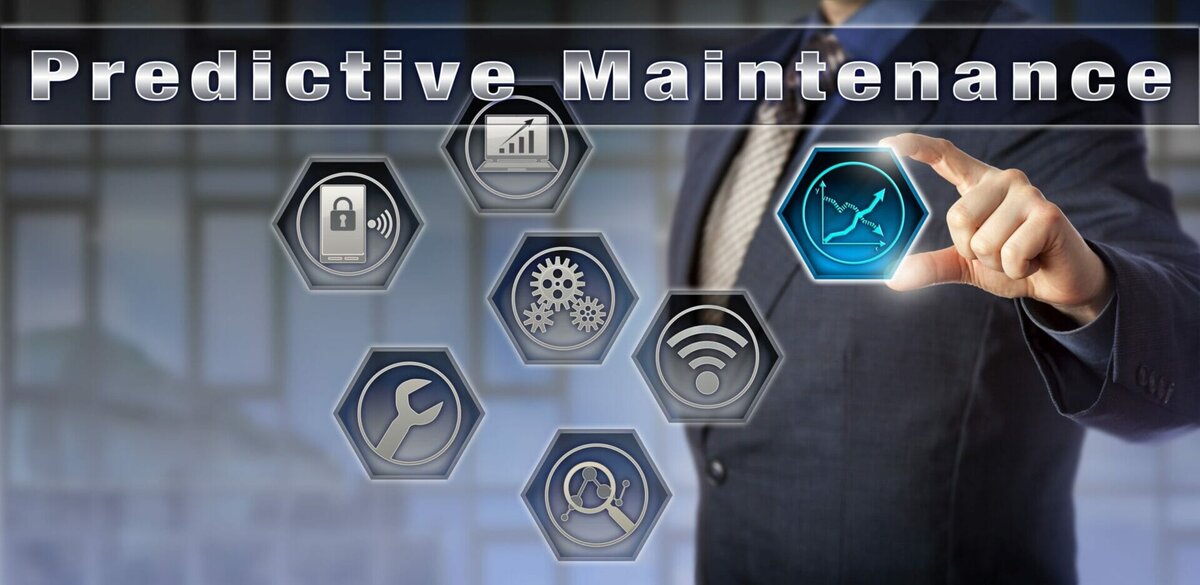By Greg Hookings, Head of Business Development – Digitalisation, Stratus Technologies
Industrial environments are growing more intelligent than ever before. Rapid advancements in Industrial Internet of Things (IIoT) devices, machine automation and cloud and edge computing technology are helping industrial operators monitor and respond to data that can signal equipment failure or damage. By identifying equipment issues before they occur, industrial operators can minimise the risk and financial impact of unplanned system downtime. According to a recent Deloitte estimate, digital transformation of industrial maintenance can increase equipment uptime by up to 20 percent.
Yet despite recent excitement, predictive maintenance is not a new concept. Industrial operators have long conducted routine inspections in attempts to anticipate potential equipment issues. Trend line analysis and condition-based maintenance have been successfully used to track equipment health for many years. What is new is the powerful combination of data-recording, IIoT devices, edge computing and cloud- based machine learning. Combining these technologies enables both real-time analysis and longer-term insights to predict when failures might occur, or how long a machine, or some aspect of it, can run before it fails.
Together, these technologies create the ability to conduct predictive maintenance for critical equipment, increasing efficiency and providing plant operators a new level of insight into the state of their equipment. The following best practices are emerging for the deployment of predictive maintenance systems in industrial settings.
Clearly define success
In some settings, unplanned downtime has a particularly large impact. These environments usually are physically expansive or include a small number of critical devices, such as an oil processing plant or a hospital. In these environments, equipment failure can prove catastrophic. The same is true of remote or hard-to-reach environments – when equipment goes down, it can take days to restore its functionality.
Many organisations will rush to invest in predictive maintenance without a clear definition of their organisation’s unique goals. Paying attention to the ROI of a predictive maintenance strategy is essential – organisations exploring predictive maintenance investments should establish clear KPIs for project success. For example, one major gas pipeline company was as able to save almost $10 million in maintenance costs, for their compression stations, over a 5 year period as it implemented a comprehensive upgrade and adopted a predictive maintenance approach. It is important to note here that savings can only be quantified if there is understanding of the “before” situation, the objectives of implementing predictive maintenance and measuring the “after” results.
Develop your predictive maintenance workforce
The biggest cost of predictive maintenance systems is not equipment, it’s talent. Many existing industrial settings will lack personnel with strong IIoT or edge computing skill sets. For this reason, investing in employee training is essential. Similarly, designating clear employee ownership over predictive analytics deployments can ensure project success.
Training employees from various disciplines in predictive maintenance can also pay long-term dividends. A cross-functional approach helps a business prepare for the loss of key predictive maintenance skills in the event of employee turnover or departure. More important, training junior employees in predictive maintenance can be an investment in long-term cultural or tribal knowledge of existing systems.
Don’t reinvent the wheel
Predictive maintenance is not a silver bullet. It should always augment, rather than replace, routine inspection, to insulate organisations against added risk of downtime. Similarly, businesses should still maintain equipment performance records for each machine, to inform future decisions and understand the unique peculiarities of different devices.
Choose products for the long haul
Businesses investing in predictive maintenance should always choose dynamic, feature-rich products over those with more affordable price tags. Why? With today’s blistering pace of innovation, investments should be evaluated on future ROI, not present-day cost. Many industrial businesses also struggle to anticipate their future technical needs.
For this reason, operators should choose systems that fully conform to modern standards, to maximise the lifetime of each device and eliminate the risk of repeat investment. Cutting corners by choosing ‘good enough’ systems will come back to bite even the savviest businesses.
Choose equipment to reflect business needs
Distinct businesses face distinct challenges. Manufacturers should choose analytics and maintenance equipment that reflects their various priorities. For example, some manufacturers should aim to purchase devices equipped with vibration analysis and embedded sensor technology, two powerful indicators of equipment performance. Other businesses, like liquid processors, for example, will want temperature, pressure and viscosity sensors in their devices.
Invest in machine learning
Pioneering machine learning can amplify the value of predictive maintenance. Machine learning systems are extremely useful when analysing large data sets, allowing savvy industrial operators to more rapidly identify data anomalies that can signal equipment issues. This can further minimise the risk and severity of downtime events.
In many industrial settings, predictive maintenance investments can arm operators with a new level of insight. While individual businesses face unique needs, these best practices can help maximise the ROI of any predictive maintenance initiative.





